- Joined
- Feb 28, 2018
- Messages
- 1,709
- Reaction score
- 877
- Gender
- Male
- Political Leaning
- Independent
Bot test 1.
Here is ecofarm abandoning a debate format to make trolling postings:
Intellectually-honest and intellectually-dishonest debate tactics
Excerpt:
Two intellectually-honest tactics
There are only two intellectually-honest debate tactics:
1. pointing out errors or omissions in your opponent’s facts
2. pointing out errors or omissions in your opponent’s logic
That’s it. Simple! The dishonest list is much longer.
Rules of debate
All other debate tactics are intellectually dishonest. Generally, the federal rules of evidence of our courts attempt to make the argument or debate there intellectually honest. Roberts Rules of Order, which were written by my fellow West Point Graduate (Class of 1857) Henry Martyn Robert, are used to govern debate in many organization meetings. For example, one of Robert’s Rules, Number 43 says,
“It is not allowable to arraign the motives of a member, but the nature or consequences of a measure may be condemned in strong terms. It is not the man, but the measure, that is the subject of debate.”
Some debate organizations have rules like the Code of the Debater from the University of Virginia which says among other things:
“I will research my topic and know what I am talking about.
“I will be honest about my arguments and evidence and those of others.
LINK
Debating the topic must be too hard for you to follow.....

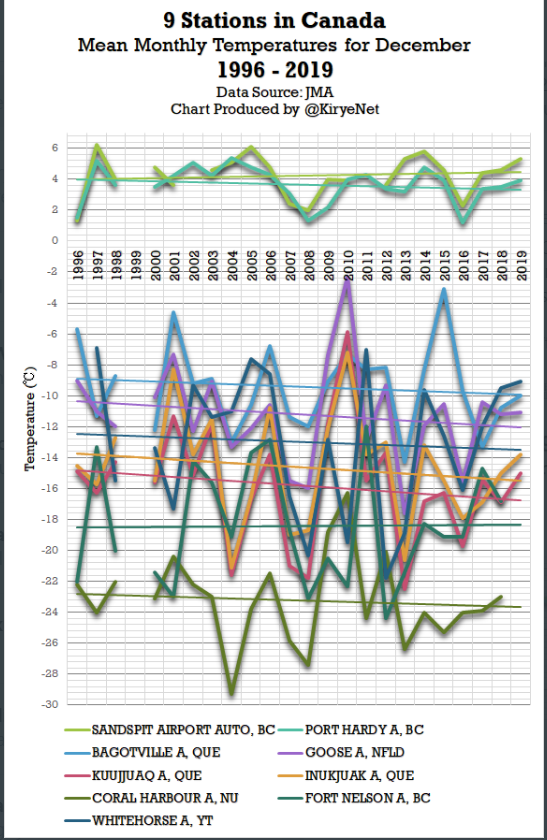
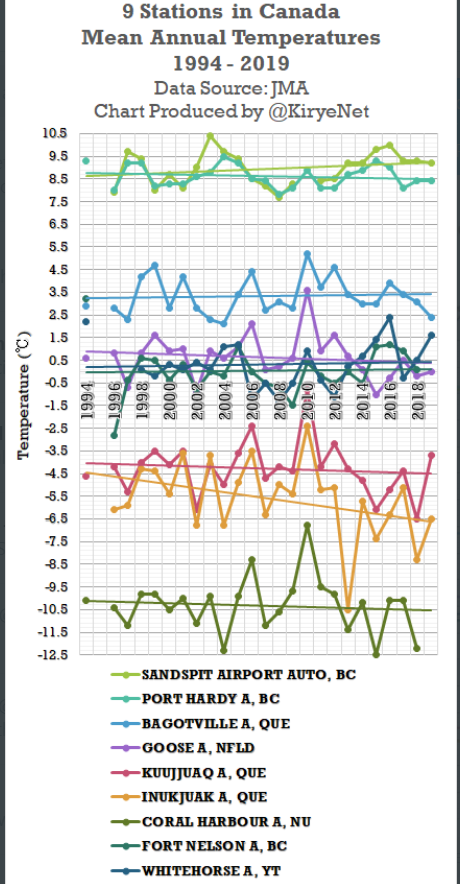

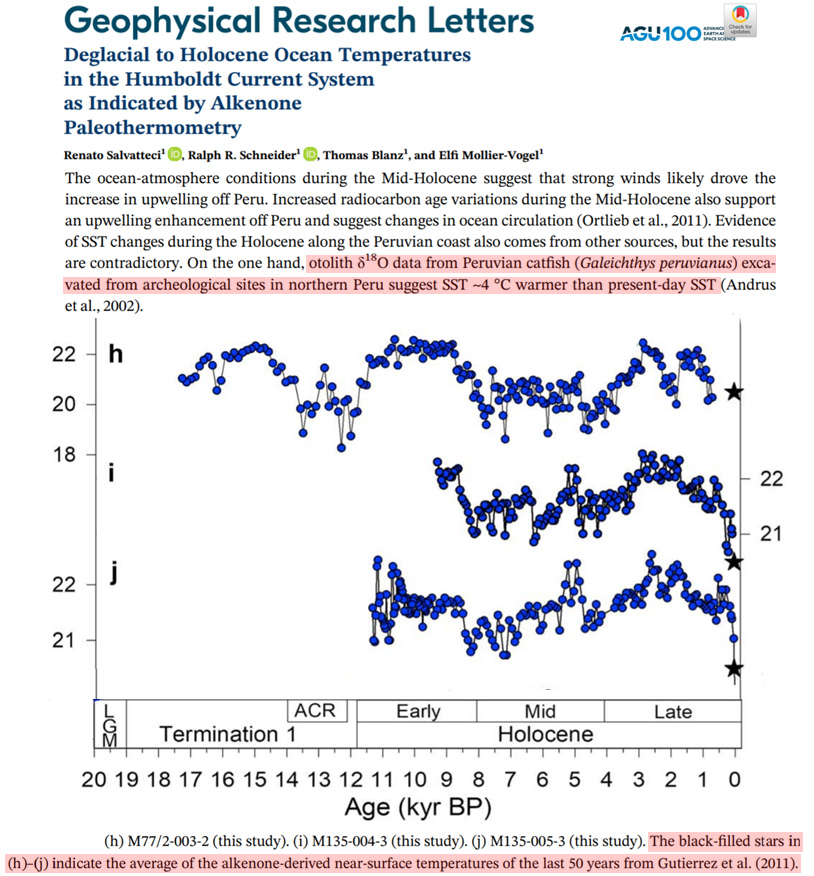
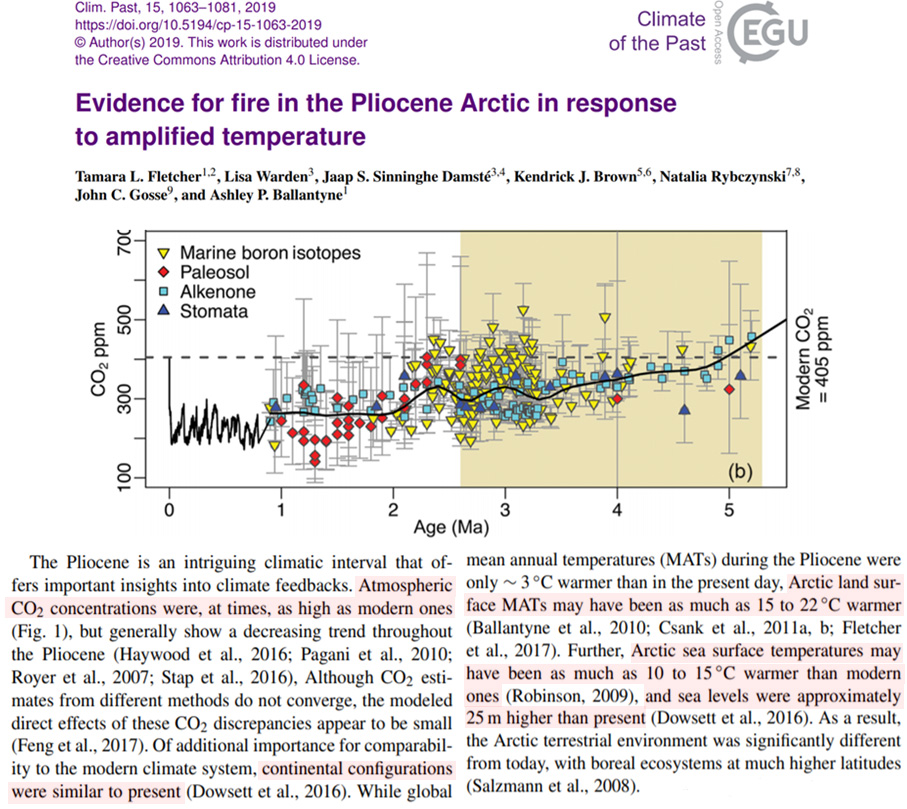





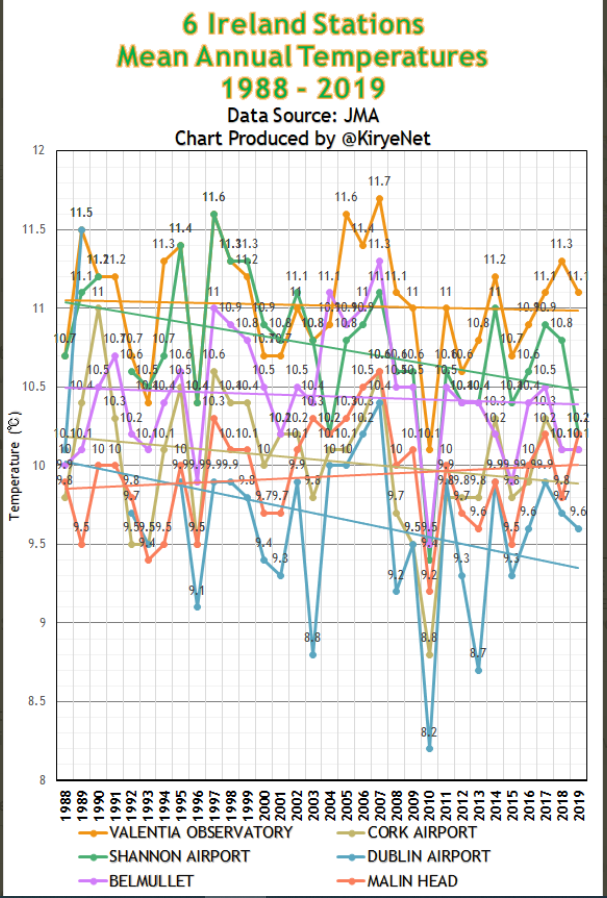
 www.realclearpolitics.com › articles › 2012/02/10 › the_galileo_of_gl...
www.realclearpolitics.com › articles › 2012/02/10 › the_galileo_of_gl... www.amazon.com › Chilling-Stars-New-Theory-Climate
www.amazon.com › Chilling-Stars-New-Theory-Climate